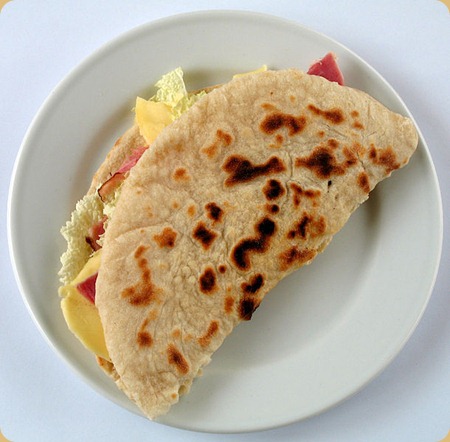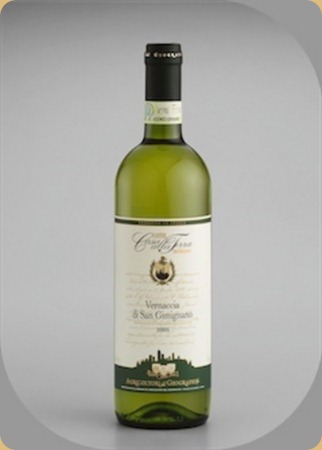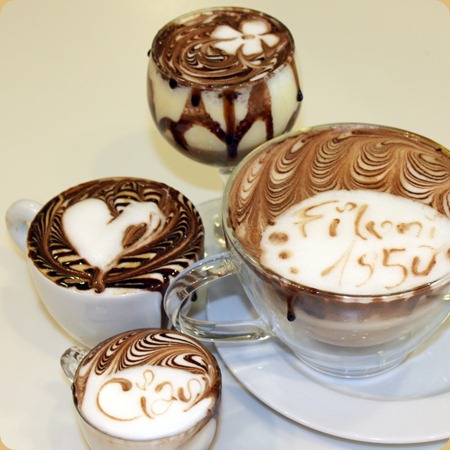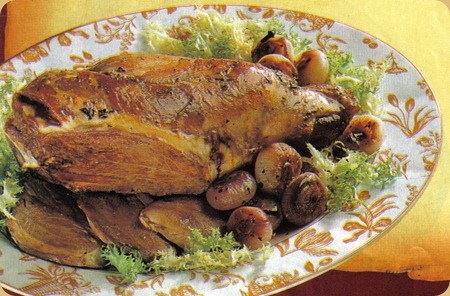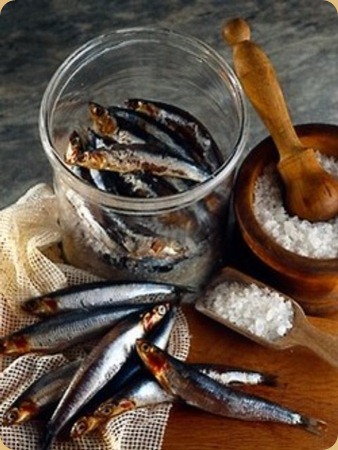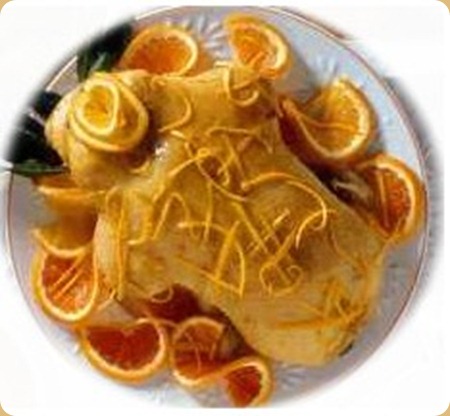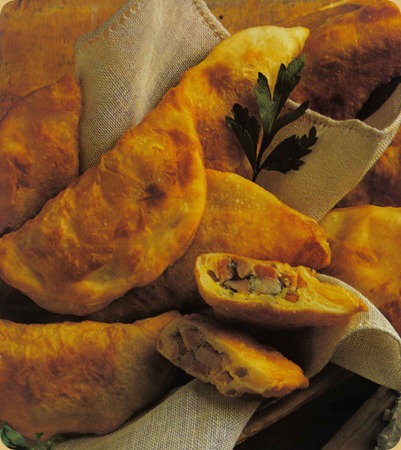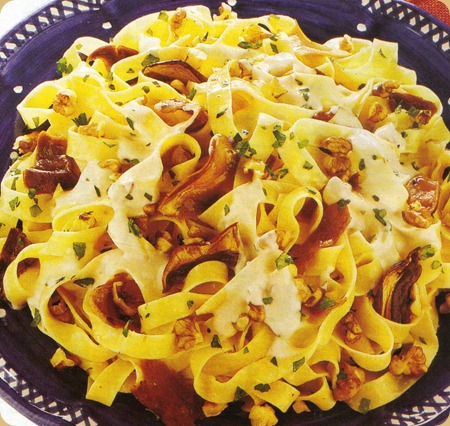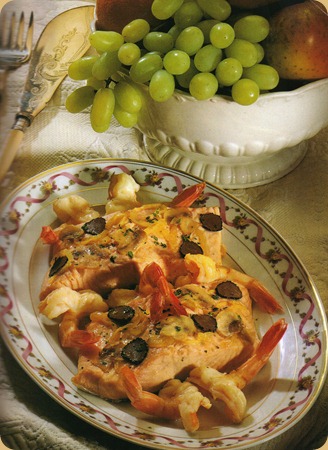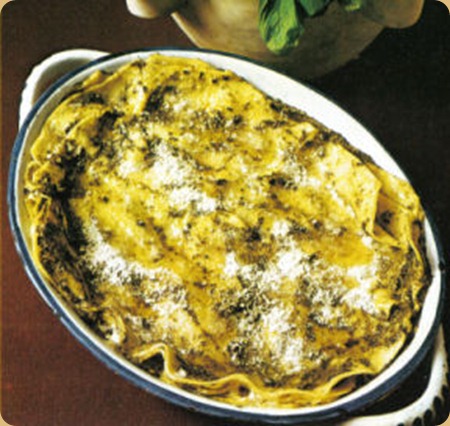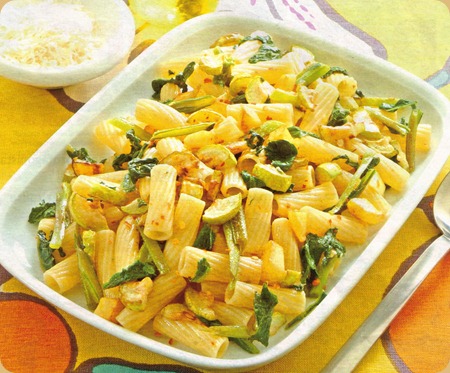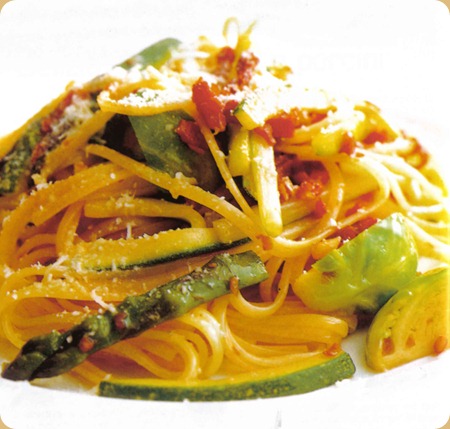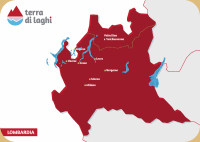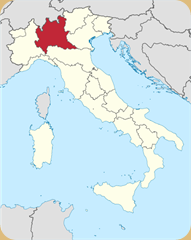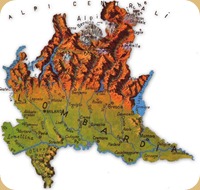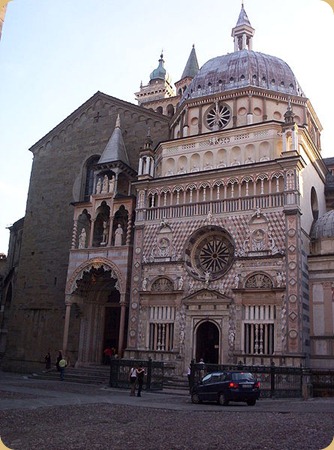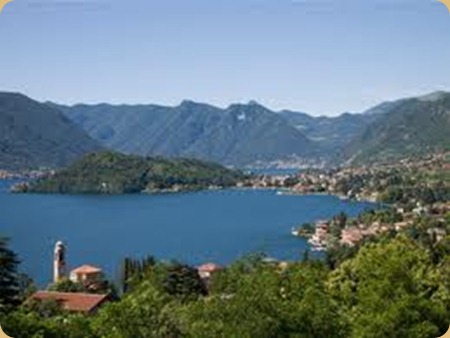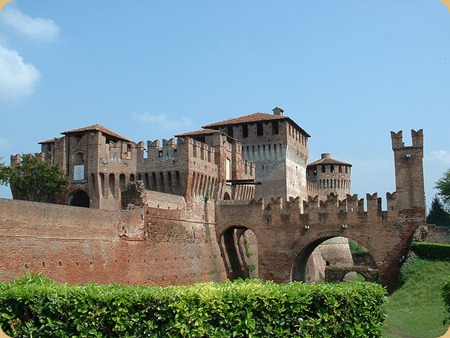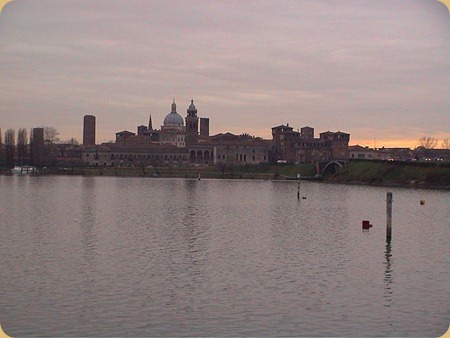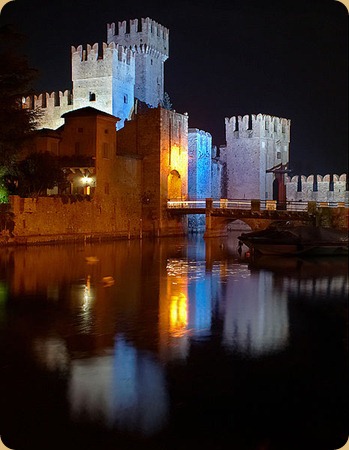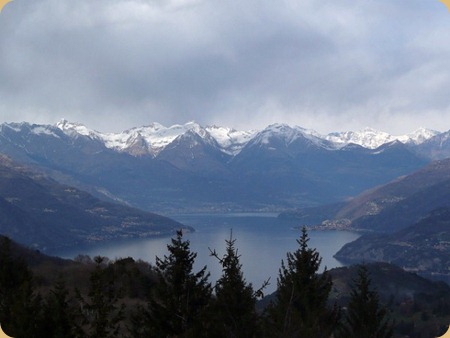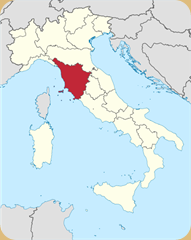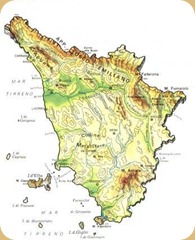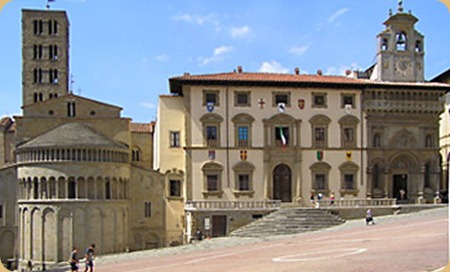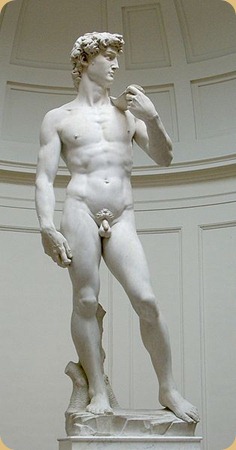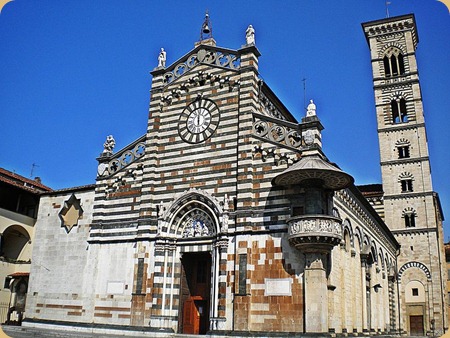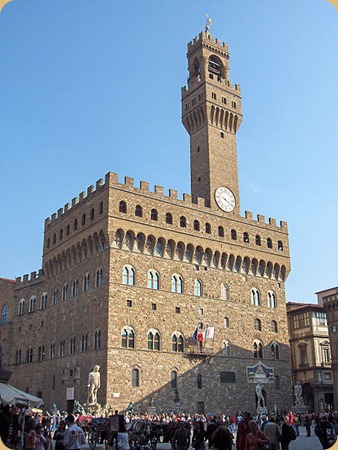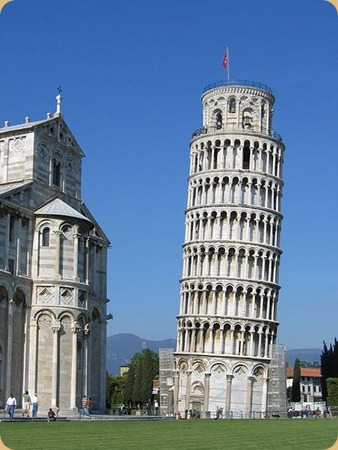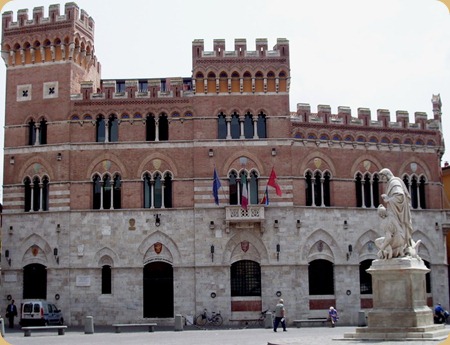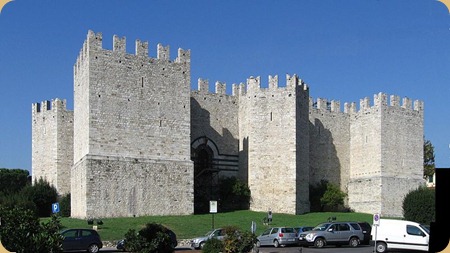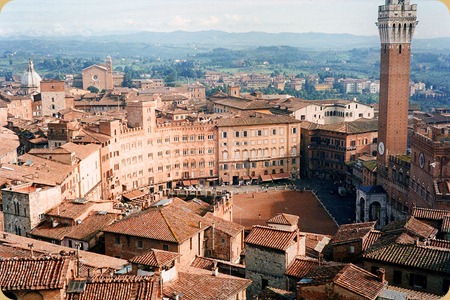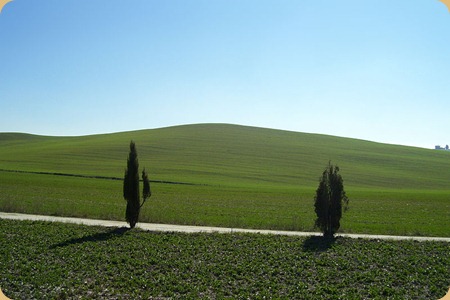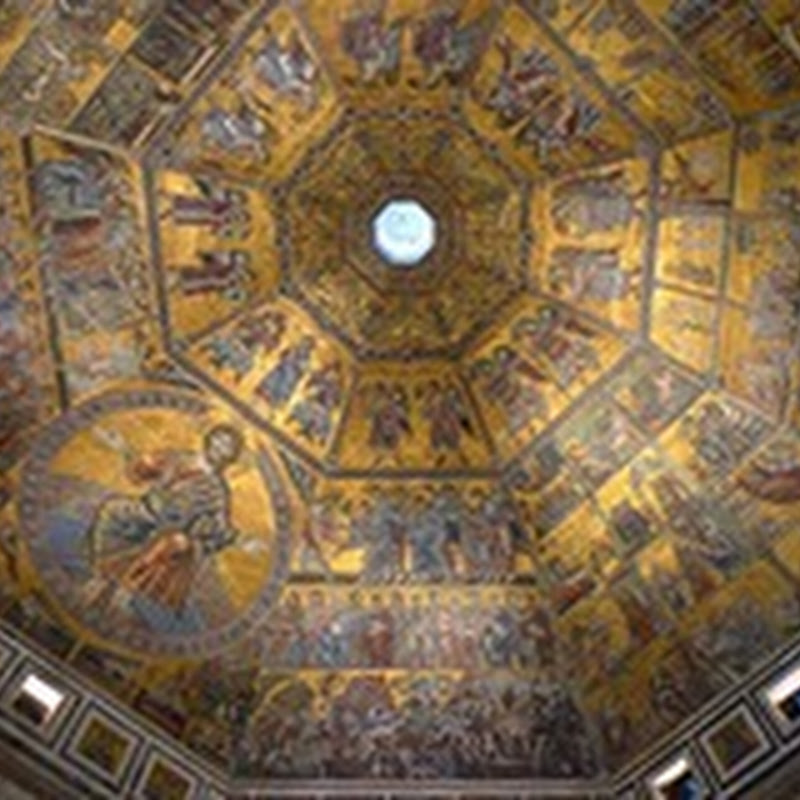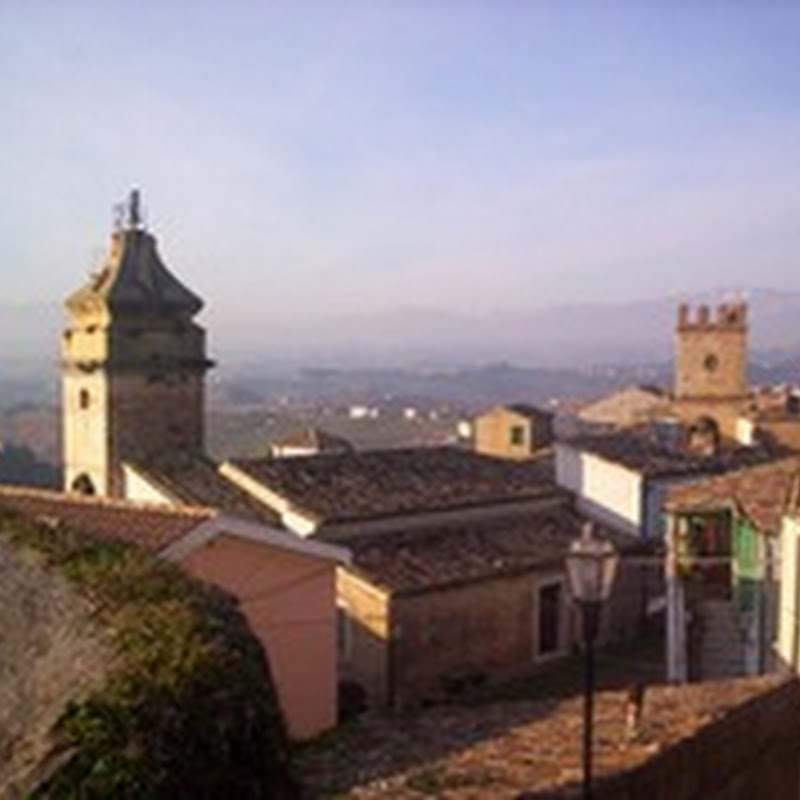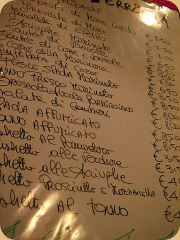 Lucky for those of us who speak English as our native language, most menus in restaurants in Italy will have plenty of things that look completely familiar from the Italian restaurants you’ve eaten in back home. We all know what spaghetti, ravioli, lasagna, ragu and cappuccino mean. I always used to tell my Italian students that at the very least, they wouldn’t starve during their vacation in Italy. But you want to do more than simply “not starve,” right?
Lucky for those of us who speak English as our native language, most menus in restaurants in Italy will have plenty of things that look completely familiar from the Italian restaurants you’ve eaten in back home. We all know what spaghetti, ravioli, lasagna, ragu and cappuccino mean. I always used to tell my Italian students that at the very least, they wouldn’t starve during their vacation in Italy. But you want to do more than simply “not starve,” right?Here are a few tips for when you’re reading the menu in restaurants (and trattorias, osterias, etc.) in Italy:
For the most part, the Italians will think you’re strange if you’re pairing a sweet drink like Coca Cola with your meal, but my palate is used to the combination and I imagine yours probably is, too. So if you want your Coke with your meal, go for it. Just remember that if you want the diet version, it’s not called “Diet Coke” in Italy – it’s called “Coca Cola Light.” Also note that most places will serve your Coke in the can with an empty glass on the side – you’ll probably have to ask for ice specifically if you want it. That’s “con ghiaccio,” pronounced “gee-AH-chee-oh” with a hard G as in “girl.”
Before I visited Bologna, I’d never heard of a piadina – but now I see them offered outside their traditional home. A piadina is a great lunch alternative to a traditional sandwich (or “panino”). Piadina bread is like a tortilla, only a bit thicker and softer, and the piadina sandwiches are usually served warm. They can be served rolled, folded or open-faced and flat – you’ll know how to eat it depending on whether you get served a knife and fork with your dish or whether it comes half-wrapped in a napkin for eating by hand.
When you’re looking at the menu for sandwiches (and piadinas), you may be surprised to find the word “insalata” included on the ingredients of many of the items listed. You may have learned that the word “insalata” means salad – but in this case, all it means is lettuce. So don’t worry that you’re getting an entire side salad stuffed into your sandwich along with the other ingredients, it’s just lettuce.
Wine and coffee may be the two drinks you think of first when you think of Italy, but there are plenty of beer drinkers here, too. For many people, drinking a beer with their pizza just fits, so if you want a beer with a meal you’ll be asking for “una birra,” pronounced OO-nah BEER-rah. And if you want one of the beers they’ve got on tap, you’ll ask for “una birra alla spina,” pronounced OO-nah BEER-rah AH-lah SPEE-nah.
You may open a sandwich/piadina menu to find a dizzying array of choices, and you can certainly choose from among the ones already on offer. But don’t be afraid to “build your own” sandwich out of whatever ingredients you want, so long as you see them listed elsewhere on the menu. When I’ve ordered sandwiches this way, I’ve had waiters say that I’m ordering in a way that’s much more Italian – apparently the Italians don’t usually settle for what’s being offered, they want to create their own combination. And you know what they say: “When in Rome…”
Having an espresso after both lunch and dinner is very common throughout Italy, but what specifically you order depends entirely on what you’re in the mood for. The traditional order is simply, “un caffe normale,” which is what we’d call a single shot of espresso, but the options are almost limitless. You’ve probably heard that Italians don’t generally drink cappuccino after 11:00am or so, but otherwise feel free to experiment with other coffee drinks after your meals (and of course, if you want a cappuccino after 11:00am, go for it!). You can read about most of the main options in this post about the different kinds of Italian coffee, which includes my new favorite – the Marocchino.
This isn’t a menu-related item, but it’s a tip for eating out in Italy so I’m sticking it in here. Many foreign visitors to Italy complain that they feel ignored by the waitstaff after their meal, because they must ask for the check (“il conto, per favore!”) and sometimes even hunt down the waiter to get it. This is a major cultural misunderstanding, because to the Italians it would be rude for them to interrupt your after-meal conversation (or whatever) with the bill – once you have that table, it’s yours for the night.
Bringing you the check would imply that they’re trying to hurry you out, which they would never try to do. But if you are interested in getting out of the restaurant faster than the other diners might be and you don’t see your waiter anywhere, you can usually just pay at the cashier on your way out. Often they’ll just ask what you ate and tally up the total right there, though sometimes they’ll get the check from your waiter. In either case, you shouldn’t feel like you’re tied to your table until you get the check – you can take
If you liked this article, subscribe to the feed by clicking the image below to keep informed about new contents of the blog:

